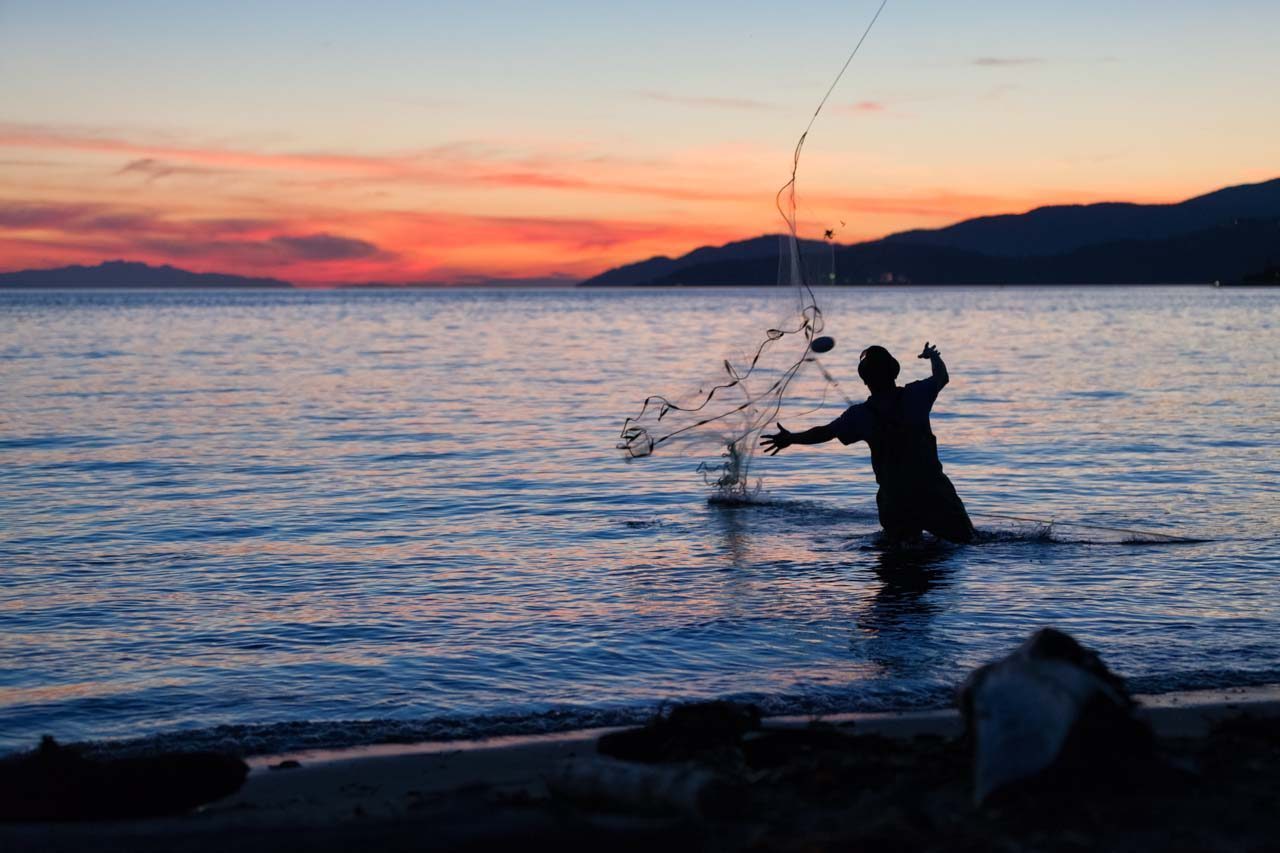
Qatar’s Ministry of Environment has issued a decree banning several kinds of fishing nets, including bottom trawl nets and cast nets, as part of ongoing efforts to protect and boost its dwindling fish supply.
The use of pneumatic spearguns – which utilize compressed pressure – have also been prohibited, according to the new legislation, which Doha News was given a copy of by the MOE.
Certain types of equipment, including harpoons or spears, can now only be used at specific times of the year. They are banned from December to April, to safeguard the reproduction season for many species.
The decree will take effect once it’s published in Qatar’s Official Gazette next month.
Dangers
Several of the banned pieces of equipment have been used as a means of fishing throughout the world for centuries. But many of them, while successful at catching large amounts of fish, can also unintentionally scoop up “bycatch.”
For example, bottom trawl nets operate by dragging a large, heavy net across the seafloor to catch shrimp, cod and flounder.
But they also end up gathering deep sea coral, plants, endangered fish and other creatures that are later discarded.
According to the Marine Conservation Institute:
“This collateral damage, called bycatch, can amount to 90 percent of a trawl’s total catch. In addition, the weight and width of a bottom trawl can destroy large areas of seafloor habitats that give marine species food and shelter. Such habitat destructions can leave the marine ecosystem permanently damaged.”
Other fishing nets, like the three-layer trammel and the nylon monofilament, which is almost invisible underwater, have also been listed as part under the banned equipment.

But an official at the Ministry of Environment told Doha News earlier this year that they are already illegal in Qatar.
The MOE official was commenting on an incident in January in which around 100 birds died as they flew inadvertently into 150m of vertical gill nets, in waters off of the Pearl-Qatar.
According to the WWF, gill nets can also inadvertently capture larger species.
“Gillnets are responsible for the by-catch related deaths of most threatened dolphin and porpoise species,” the group has said.
As a result, the United Nations has banned the use of large-scale (defined as greater than 2.5km) drift nets in international waters, and the EU has placed a ban on drift nets of any length.
Spearguns

In terms of speargun usage, the MOE has said that the use of non-pneumatic powered tools such as banded spearguns is only prohibited to catch hamour during the reproduction season of April and May each year.
According to Brig. Ali Ahmed Al Bedeed, director of Qatar’s Coasts and Borders Security Department, foreign anglers who fish in Qatar have been putting hamour and other domestic fish stocks at risk.
He added:
“If we don’t protect our fish, in one year’s time there won’t be any fish left in the Qatari waters.”
The new legislation also sets criteria for legal fishing nets, stating that the height of a net should be between 8-100m, depending on its type.
Other efforts
Mindful of its dwindling supply, Qatar officials announced last year plans to establish a QR230million ($63.16m) aquatic research center.
The center, which will comprise of massive fish and prawn hatcheries, is expected to be ready by the end of this year.
In recent years, authorities have also required Qatari owners of fishing boats to accompany their employees on expeditions – vastly decreasing the number of fishing trips taken by these boats.
A couple of years ago, officials also announced that the government had stoped issuing new fishing licenses for the next decade.
Thoughts?







